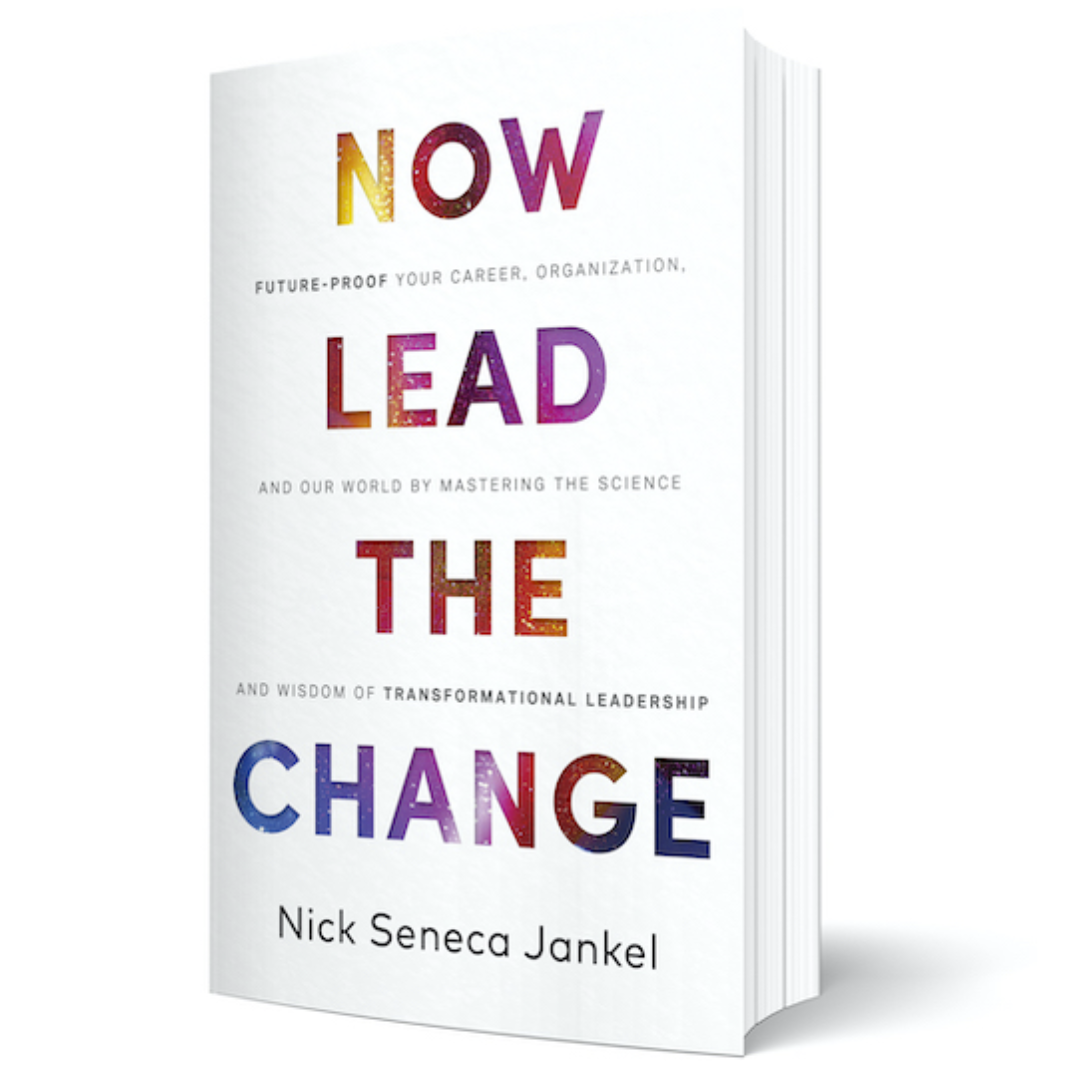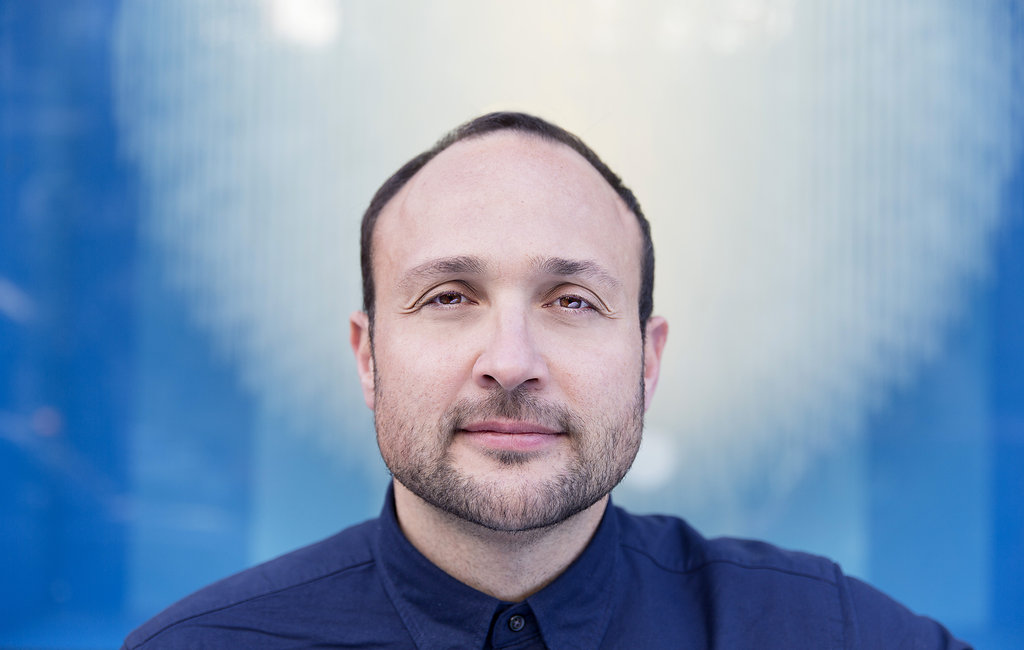Three unprecedented and seismic drivers of change in the outside world are putting intense environmental pressure on every organization to adapt both radically and rapidly. Those that don’t transform what they do and how they do it, not just once but many times over the coming years, will find they do not fit the future.
Accelerated by the pandemic that, at the time of publishing, has shaken our world – no organization or institution on Earth can hide from intense and dramatic evolutionary pressures to adapt: fast and frequently. The great challenge is this: leading adaptation is very different from managing Business as Usual. In fact, successfully transforming a business model, organization, or system just once is the hardest task a leader can take on.
Threat 1: Digital Technologies
The first threat is from digital technologies: from AI and automation to blockchain and 3D printing. These technologies are rapidly making legacy business models—most invented in the Industrial Age—tired, ill-fitting, and uncompetitive. Digital technologies can scale up the provision of everything from homes to bank accounts without scaling up the traditional costs and challenges that come from building hundreds more factories and employing tens of thousands more people.
AI, automation, and machine learning are now better than many human beings at both repetitive and non-repetitive analytical tasks. The deep-learning algorithm that beat the world’s best human at the complex game of Go became exponentially better—100x better—than he was just two years later. In the near future, machines will be able to do almost all of our analytical tasks better than we can.
Not only will they do these things better than human beings, but they will be able to do them without the foibles that human beings have, like cognitive bias and fatigue. As managers, we all have to find ways not to be made redundant by technology— figuratively and literally—by future-proofing our careers.
This only happens when we step up as leaders who have mastered our human capacity to be collaborative creative; and our humane capacity to be compassionate and caring. As far as I my understanding of both computing and consciousness goes, there will never be such a thing as Artificial Creativity or Artificial Wisdom.
Threat 2: Customers and Employees Who Demand More
Exacerbating the challenges we face as leaders is the second massive threat to every organization. I believe it is even more important that the plethora of digital technologies discombobulating business: the dramatically disrupted needs, wants, desires, and pain points of emerging customers and employees. The vast majority of your workforce, and soon your customers, are Millennials or even younger. Born after the fall of the Berlin Wall, empowerment, equality, and ethics are part of their generational DNA. They demand from their leaders, and the brands they buy from: meaning (a genuine purpose); mastery (autonomy and creativity); majesty (dignity and respect); and membership (belonging, without being cultish). If we don’t know how to offer them this value—as well as manage their performance and productivity—they get overwhelmed, jaded, confused; and they disengage.
Research by Gallup shows that roughly two thirds of all employees are disconnected from their work and managers, costing US companies alone $550 billion a year; and that six out of every ten employees are burning out on the job. Teams with the highest levels of engagement because of meaning, mastery, majesty, and membership are 12% more profitable and show 60% less employee churn.
The resultant mismatch is making it hard for organizations that do not embrace continuous transformation to attract, keep, and serve emerging customers and workers. Remember that while business makes profit for shareholders, it can only do so when it solves problems for large groups of people who cannot solve the problems themselves. In a world where younger people are empowering themselves more and more—using digital ideas and peer-to-peer and sharing ideals—businesses must find real pain points to resolve or they will find the number of customers willing to pay them is far reduced. If we offer no value, there is no transaction and so no profit.
Threat 3: Damaged Global Systems
As if this were not enough, we are all facing a third threat: the threat from fundamentally damaged global systems. Our ecological, societal, organizational, and psychological structures are at breaking point after many years of constant stress. Some are already imploding with the viral pandemic that has swept across the world, exposing social inequalities, financial imbalances, and worrying weaknesses in our global socio-economic system.
This is brewing a ‘perfect storm’ of crises that will test our individual and collective resources, resilience, responsibility, and resolve as they batter us in years to come. I believe there are four distinct crises within the overall damaged ecosystem with which every leader must grapple: The Industrialization Crisis (climate change, pollution, micro-plastics, biodiversity loss, waste etc.).
The Inequality Crisis (50% of human beings live one paycheck or crop failure away from destitution; and 40% of all US citizens have less than $400 in their checking account for emergencies). The Illness Crisis (diabetes, cancer, anxiety, depression, suicide, microbial resistance, etc.). Finally, the Identity Crisis (neo-nationalism, ethnic tensions, race wars, etc.). Every organization must, at minimum, grapple with the intense risks each of these brings to their existing business and operating models. Ideally, every organization should find ways to transform them into business opportunities; and actually serve the world by resolving them through their business purpose.
The good news is that a crisis is simply a ‘turning point’: an opportunity to take stock and shift our consciousness—our mindsets and behaviors—as leaders. When we shift our consciousness, by transforming our metaphysics, we can shift anything and everything about our material world.
It matters not what domain of life or sphere of activity you want to lead and land transformations in. The theory, methodology, thinking, practices, and tools of Bio-Transformation Theory that you will find in my new book Now Lead The Change: Future-proof your career, your organization, and our world by mastering the science and wisdom of transformational leadership are as relevant to leading a family or local community as they are to leading a global corporate or an entire nation.
The important thing is that you master the science and wisdom of transformational leadership; and harness these life-changing and world-changing insights to transform outdated ways of thinking and doing that are leading to missed opportunities in your career; irrelevance and obsolescence in your organization; and suffering to all of us and the planet on which we rely for everything.
Because, your career, your enterprise, and our world, really cannot wait.
***
I write and work at Switch On. All my articles are rigorously researched and easy to read. We publish a free high-quality newsletter with unique insights to help you transform yourself and transform our world that you can sign up to in the footer here. There are also free ebooks, leadership courses, meditations and tools to thrive in life, love, and leadership. My latest book on this theme is:
“An outstanding framework and powerful tools. A huge impact!” President, Kellogg’s

Forge the future. Don’t fail it. Future-proof your career, organization, and our world by mastering the surprising science and deep wisdom of transformational leadership: so you can adapt yourself and your enterprise fast-enough to survive, and thrive in, the dramatically-changing world.


